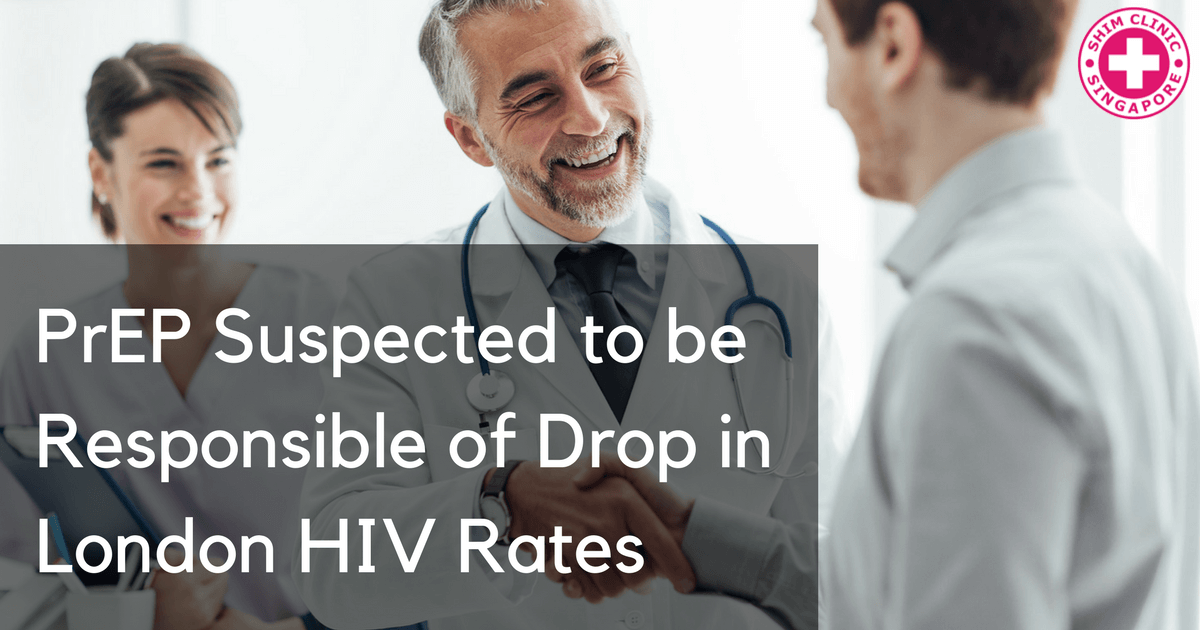Sexual health clinics in London have noted a 40% drop in the number of new cases of HIV infections among the gay community. Pre-exposure prophylaxis is said to be behind the significant fall that has made health workers impressed and excited. When comparing the numbers on HIV infection rates, there were more cases in 2015 than there were in 2016 and this was attributed to the use of HIV PrEP.
PrEP when taken regularly, reduces the risk of contracting HIV. It is effective, available online and fair in terms of cost. Some clinicians have gone ahead to say that for the fight against HIV to be more effective, people should not just use one preventive measure, that is, use of condoms. Rather, a combination of prevention measures will give better results. These other measures may include better HIV testing for the virus, earlier treatment, and the rise in the number of people who can access PrEP. The results of the combination of these measures have been termed as the first signs of a drop in HIV infections in London.
Additionally, PrEP will be given to 10,000 people over three years after the NHS lost a battle against the drugs funding late last year. PrEP or Truvada as some people know it is used worldwide as a preventive measure as well as a treatment tool for HIV positive individuals. The drug is known to be so effective that early data suggests that it can reduce chances of contracting an infection by up to 86%.
Despite the positive impact of PrEP, some concerns have been raised over its use. PrEP is used to prevent contraction of HIV and it does not rule out other STIs. This is shown by further research that reports a 21% increase in new gonorrhea infections and a 19% increase in syphilis among the gay community after they began using PrEP. These findings are as a result of lack of use of condoms during sexual activity and experts warn that if the situation is not taken care of and in good time, it may lead to an explosion of STIs some which have detrimental health consequences if not treated in good time.
Sadly, most campaigns on prevention of HIV focus only on educating people on the use of condoms to prevent the virus. However, the reality on the ground is that there are some people who may be at the risk of contracting HIV or other STIs who do not use condoms during sex. This is why health workers are calling for a combination of measures to deal with HIV in a better way. Despite the fall in cases of HIV infections, those who are given PrEP need to be educated on other ways that are equally important to prevent HIV.
The data presented was from 4 health clinics only targeting the gay and bisexual men. However, provisional results propose that HIV infections among the said group in England have fallen although it is not possible to say the same on a national level because all the data was yet to be received.
In conclusion, PrEP has been used by other countries to prevent HIV and has been effective. However, for some countries, accessing the drug is difficult for people living with HIV and for some; they are yet to understand the drug and what it does. More is yet to be done to make people understand the use of the drug as well as make it easily accessible for them. When used with other preventive measures and even HIV PEP (HIV Post-Exposure Prophylaxis), PrEP will help to drastically reduce new HIV infections.

